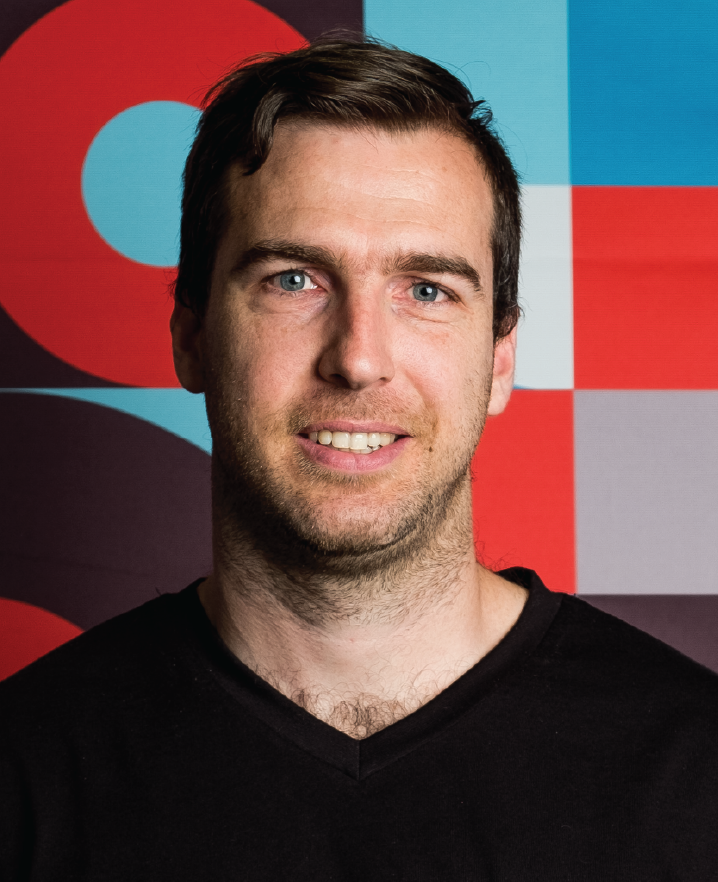
Nic Smit – Head of Product and Pricing at FMI (a Division of Bidvest Life Ltd)

A guide to how we assess risk for income protection – A significant predictor of how long someone will live is their socioeconomic class, which is typically measured as a combination of their income and highest level of education. Essentially, it’s widely accepted that the more you earn, and the better educated you are, the greater your life expectancy.
Different people will give you a different answer as to why this is, but some of the more commonly cited reasons for this are that:
- The wealthier have greater access to appropriate medical care.
- The wealthier tend to live healthier lifestyles – they smoke less, are less likely to be obese and less likely to live a sedentary lifestyle.
- Being less financially secure is stressful, which over a long period can have an impact on health.
This is why the premiums your clients pay for their life cover will be affected by their earnings and education they declare when applying for insurance.
In the first article in this series*, we discussed how your clients’ occupation has a significant impact on the premiums they would pay for income protection benefits. Their occupation is less important in determining the premium they will pay for life cover, but it could affect their life cover premiums in the following two ways:
- For a very small number of very high-risk occupations – like racing drivers, helicopter pilots or divers – life cover premiums could be increased.
- For certain professional occupations – such as architects, attorneys or doctors – life cover premiums might be discounted.
An insurer would discount life cover premiums for professionals because they view the occupation they perform as additional evidence that they are in a better socioeconomic class. This means that two otherwise identical individuals, with the same income and level of education, might pay different life cover premiums, if one was a business owner and the other one was a chartered accountant, for example.
One problem with this approach is that it isn’t clear whether longevity improves beyond a certain socioeconomic level. It can even be argued that longevity decreases beyond a certain point, because of the kind of risky lifestyles that the wealthy sometimes live.
While we at FMI do use socioeconomic class to determine life cover premiums, our view is that socioeconomic class does not affect your likelihood of claiming on income protection benefits, which means that socioeconomic class does not affect your income protection premiums. This is an approach followed by many other local insurers.
The above approach can occasionally cause confusion. If an adviser has become accustomed to receiving discounts on their professional clients’ life cover benefits, they might also expect their income protection benefits to have some level of discount. In certain cases where applicants perform a professional occupation that has some degree of manual work (for example, a surgeon), income protection benefits are not discounted but instead are increased to allow for the increased likelihood of the applicant having a claim on an income protection benefit.
The insurance market also tends to confuse the issue of professional occupations and occupational risk when it comes to professional occupations who perform manual work. While they might not discount income protection premiums for professionals, they might not apply occupational loadings to professionals who perform manual work. This is counterintuitive when you consider that an advocate and a dentist would pay the same premium for income protection, when the dentist is likely to be in claim for longer than the advocate because they cannot work if they cannot perform fine motor skills.
We have the view that no matter how much money a client may earn, it shouldn’t affect their income protection premium. This means manual professional occupations like surgeons would not get a discounted rate, but it also means income earners who are not professionals are not being penalised unfairly.
Look out for the next article in this series where we talk about our Event Based cover, which we developed to overcome some of the challenges we face in assessing high risk and sensitivity to claim occupations.
Different people will give you a different answer as to why this is, but some of the more commonly cited reasons for this are that:
- The wealthier have greater access to appropriate medical care.
- The wealthier tend to live healthier lifestyles – they smoke less, are less likely to be obese and less likely to live a sedentary lifestyle.
- Being less financially secure is stressful, which over a long period can have an impact on health.
This is why the premiums your clients pay for their life cover will be affected by their earnings and education they declare when applying for insurance.
In the first article in this series*, we discussed how your clients’ occupation has a significant impact on the premiums they would pay for income protection benefits. Their occupation is less important in determining the premium they will pay for life cover, but it could affect their life cover premiums in the following two ways:
- For a very small number of very high-risk occupations – like racing drivers, helicopter pilots or divers – life cover premiums could be increased.
- For certain professional occupations – such as architects, attorneys or doctors – life cover premiums might be discounted.
An insurer would discount life cover premiums for professionals because they view the occupation they perform as additional evidence that they are in a better socioeconomic class. This means that two otherwise identical individuals, with the same income and level of education, might pay different life cover premiums, if one was a business owner and the other one was a chartered accountant, for example.
One problem with this approach is that it isn’t clear whether longevity improves beyond a certain socioeconomic level. It can even be argued that longevity decreases beyond a certain point, because of the kind of risky lifestyles that the wealthy sometimes live.
While we at FMI do use socioeconomic class to determine life cover premiums, our view is that socioeconomic class does not affect your likelihood of claiming on income protection benefits, which means that socioeconomic class does not affect your income protection premiums. This is an approach followed by many other local insurers.
The above approach can occasionally cause confusion. If an adviser has become accustomed to receiving discounts on their professional clients’ life cover benefits, they might also expect their income protection benefits to have some level of discount. In certain cases where applicants perform a professional occupation that has some degree of manual work (for example, a surgeon), income protection benefits are not discounted but instead are increased to allow for the increased likelihood of the applicant having a claim on an income protection benefit.
The insurance market also tends to confuse the issue of professional occupations and occupational risk when it comes to professional occupations who perform manual work. While they might not discount income protection premiums for professionals, they might not apply occupational loadings to professionals who perform manual work. This is counterintuitive when you consider that an advocate and a dentist would pay the same premium for income protection, when the dentist is likely to be in claim for longer than the advocate because they cannot work if they cannot perform fine motor skills.
We have the view that no matter how much money a client may earn, it shouldn’t affect their income protection premium. This means manual professional occupations like surgeons would not get a discounted rate, but it also means income earners who are not professionals are not being penalised unfairly.
Look out for the next article in this series where we talk about our Event Based cover, which we developed to overcome some of the challenges we face in assessing high risk and sensitivity to claim occupations.
*Published Cover online 13 March 2020.



